Vocabulary Building Normal Phonics Worksheets for Ages 3-7
10 filtered results
-
From - To
Introduce your child to the world of words with our "Vocabulary Building Normal Phonics Worksheets for Ages 3-7." These engaging and interactive worksheets are designed specifically for young learners to develop strong foundational skills in reading and comprehension. Each activity focuses on essential phonics principles, helping children recognize and pronounce letters, blend sounds, and expand their vocabulary. Vibrant illustrations and fun exercises make learning exciting and effective. Perfect for preschool, kindergarten, and early elementary students, our worksheets provide a fantastic stepping stone towards fluent reading. Start your child's literacy journey today with fun, phonics-based learning!
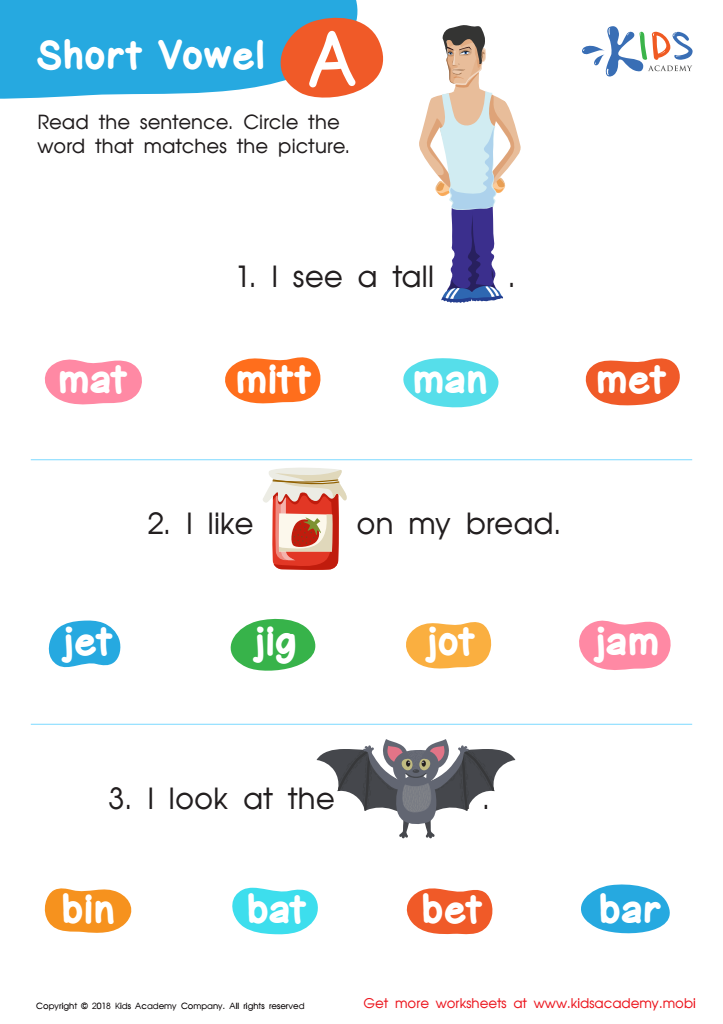

Short Vowel /a/ Worksheet
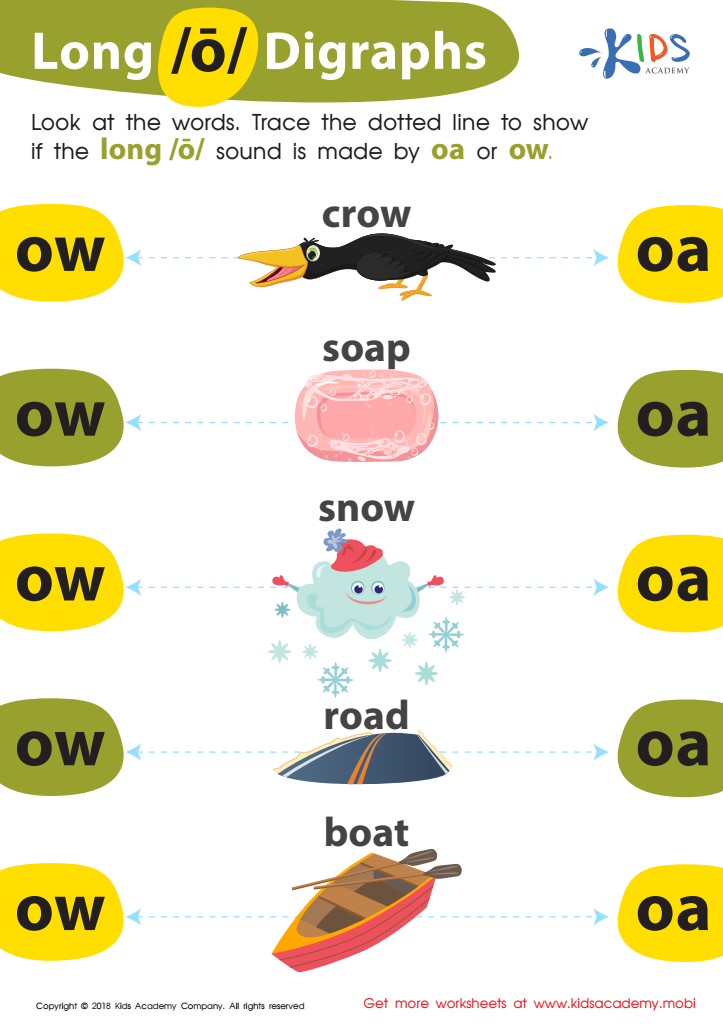

Reading: Long O Digraphs Worksheet


Dog Worksheet Sight Words Worksheet
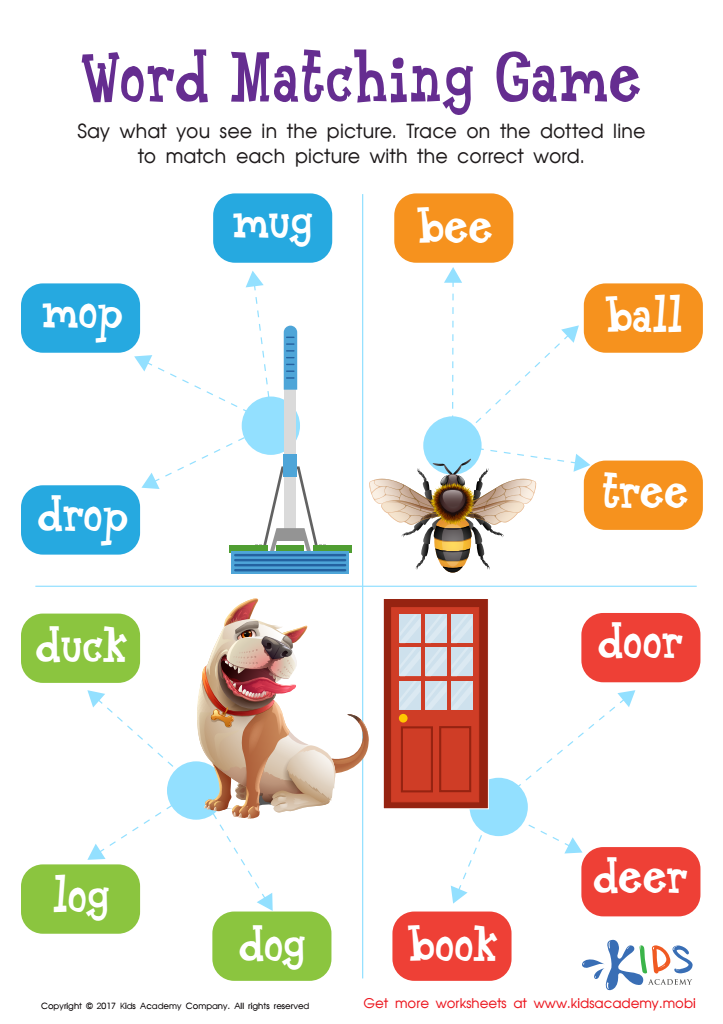

Word Matching Game Worksheet
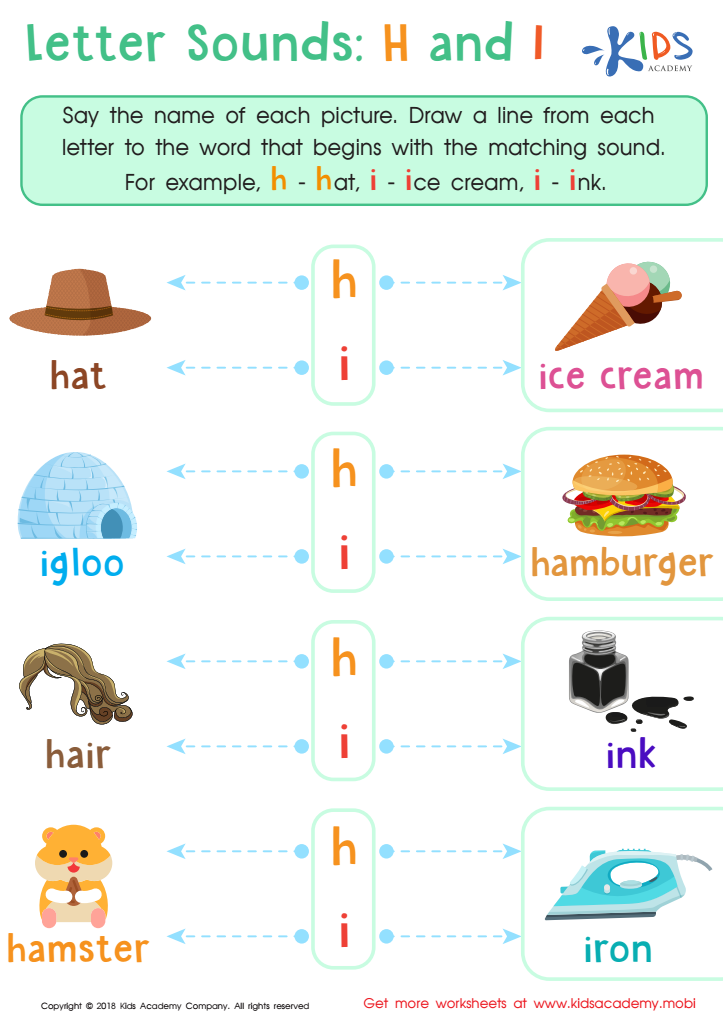

Letter H and I Sounds Worksheet


Where Is the Digraph? Worksheet


Enough Is Enough (ough) Worksheet
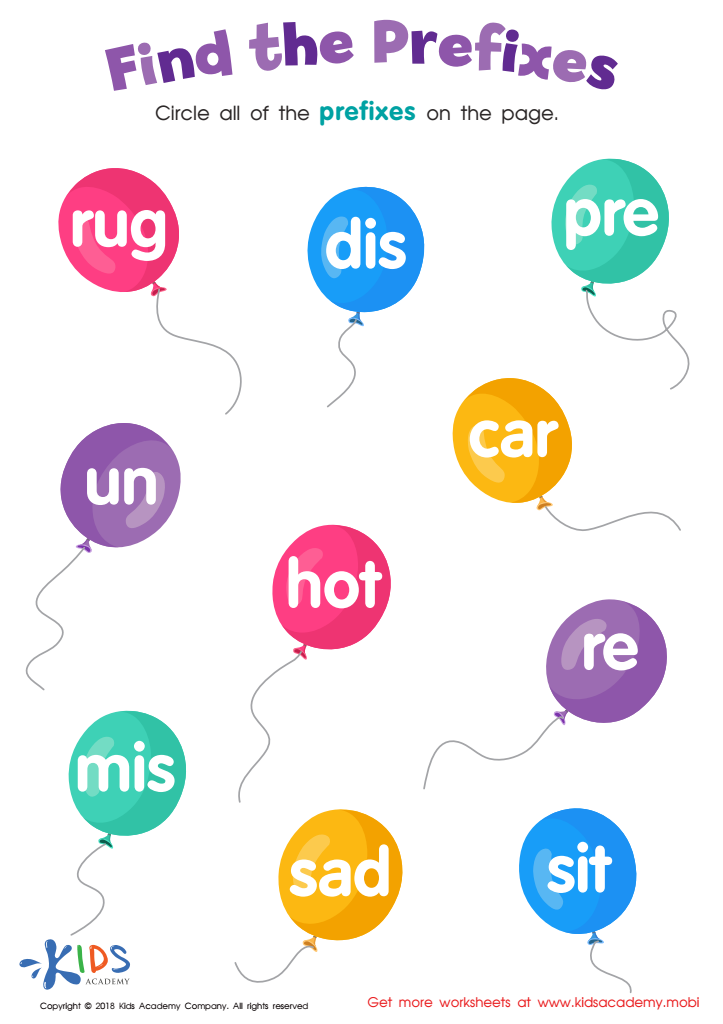

Reading: Find the Prefixes Worksheet
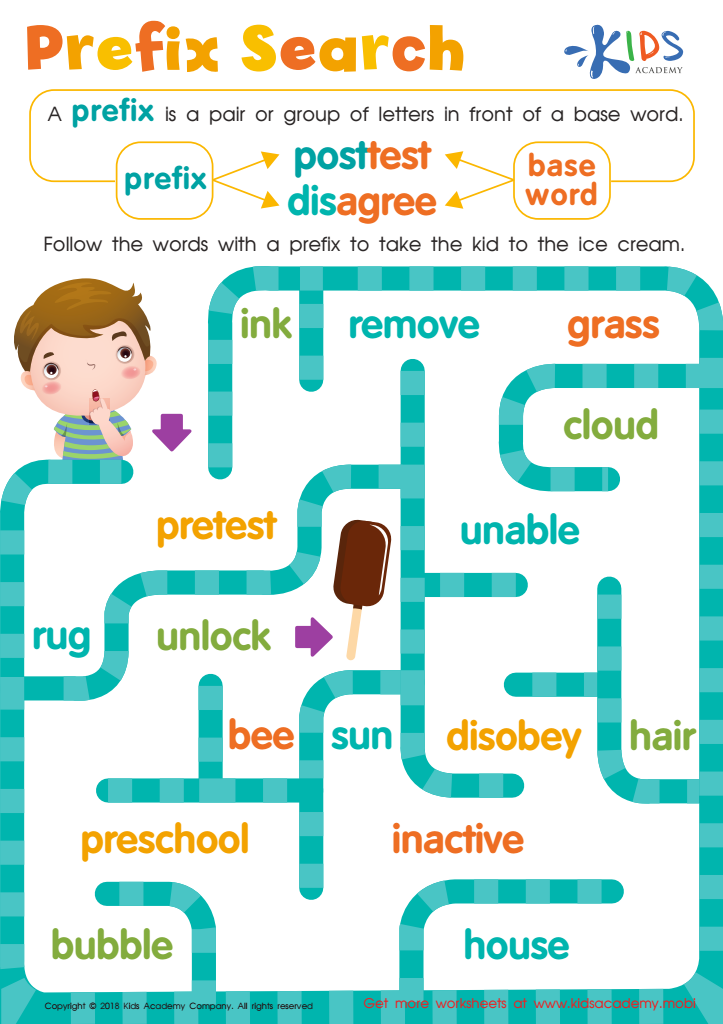

Reading: Prefix Search Worksheet
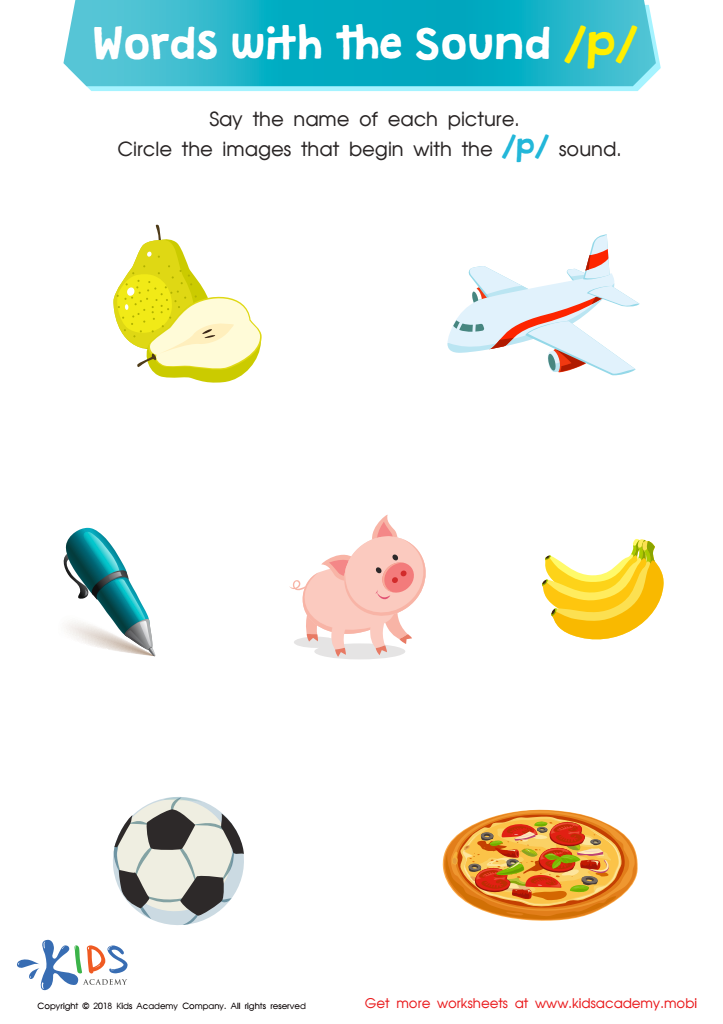

Words with sound p Reading Worksheet
Parents and teachers should place significant emphasis on vocabulary building and normal phonics for children ages 3-7 because these foundational elements are critical for early literacy and overall cognitive development. During these formative years, children are particularly receptive to language acquisition, making it a prime time to instill robust communication skills.
Firstly, a strong vocabulary enhances children’s ability to comprehend and express ideas, both verbally and in writing. It allows them to understand stories, instructions, and conversations, fostering effective communication and social interaction. Moreover, an expanded vocabulary contributes to better reading comprehension. When children recognize and understand words they encounter in texts, it promotes a deeper appreciation and enjoyment of reading, which can spark a lifelong love for learning.
Phonics instruction, on the other hand, teaches children the relationship between letters and sounds, equipping them with critical decoding skills. This helps them to read new words independently, boosting their confidence and making reading a less daunting task. Additionally, phonics supports spelling accuracy and aids in the development of fluent reading, where children can read smoothly with correct pronunciation.
In summary, prioritizing vocabulary building and phonics at an early age lays the groundwork for successful literacy and academic achievement, shaping confident, capable, and curious learners.

 Assign to My Students
Assign to My Students




















